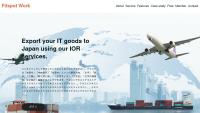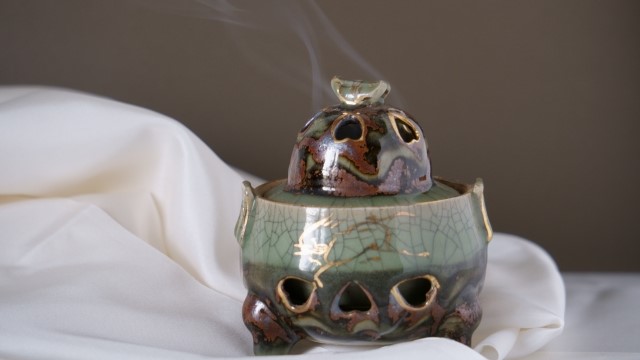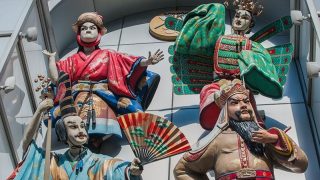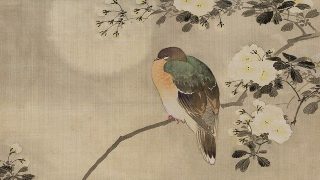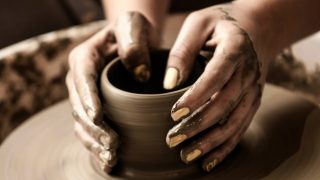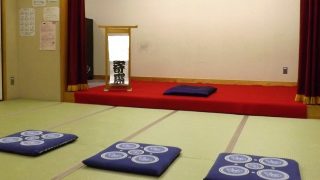The past of Takekogei, bamboo craft. (竹工芸)
Takekogei, a bamboo craft, is a craft work that uses bamboo.
It has been cultivated in Japan for a long time because its evergreen, upright shape is considered auspicious.
Bamboo products have a long history and have been used as tools for daily life since the Jomon period, and many bamboo products, such as flower baskets and formal baskets, can be seen at the Shosoin in Nara prefecture.
Throughout the periods, after Sen Norikyu’s mastery of wabi-cha, bamboo tools were invented in the world of tea ceremony.
The skill and technique of using bamboo have been passed down to the present day, and many elaborate works that machines cannot make are still being produced today.
Features of the Bamboo craft, Takekogei
Bamboo has the characteristics of being pliable, resilient, and resistant to breakage.
It can be used not only as it is but also as a bamboo string, Takehigo, to make various other kinds of things.
From daily necessities such as colanders and baskets to musical instruments, bamboo swords, and construction materials, bamboo products are diverse.
Bamboo products are also used for tea ceremonies, flower arrangements, and interior decoration, enriching people’s lives.
It may be said that Japan is the only country where bamboo products are used in a wide range of ways.
A variety of bamboo crafts
Zaru, colander
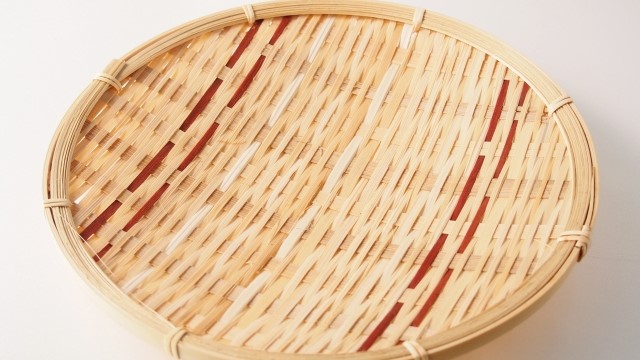
This is a kitchen utensil made from thinly split and thinly shaved bamboo woven together. It is used to lay out food or to drain washed food.
Makisu
It is made by knitting thinly split bamboo with yarn and stitching it together. It is used to roll ingredients such as nori-maki into a stick. The side where the surface of the bamboo is sticking out is the front.
Chasen, tea whisk

More than one-half of the bamboo tube is broken into small pieces with a small knife and made into about 70 to 120 tips. It is used to make matcha tea.
Taketonbo, Bamboo-copter
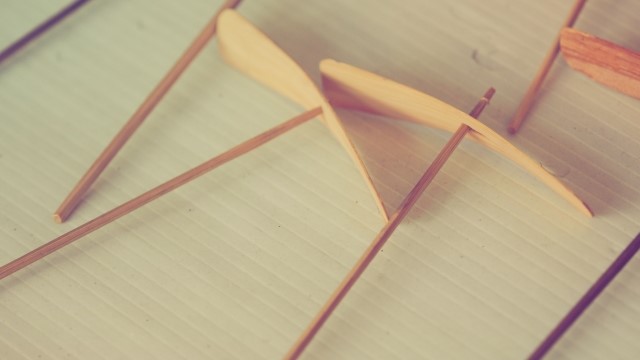
This toy is made by shaving a thin piece of bamboo and using it as a propeller, then attaching a handle of a bamboo string to the center. Rotate the handle so that the palms of both hands are rubbed together and fly.
Takehigo, bamboo strings used for bamboo products
Takehigo is a thin stick that breaks a bamboo stem into small pieces. Bamboo craft is made by knitting these Takehigo or combining them with other pieces of Takehigo.
Bamboo has fine fibers and can be torn into many thin pieces, but making Takehigo is difficult.
A piece made by knitting Takehigo is called “Amimono,” and a piece made by combining parts made with Takehigo’s lines is called “Kumimono.”
There are various ways to knit with Takehigo, such as Yotsume-ami, Mutsume-ami, and so on.

The wonder of Bamboo
What makes bamboo so surprising is its phenomenal growth rate.
It has been recorded that the bamboo, called Madake, grew about 120 centimeters a day.
What is unusual is the way the bamboo flowers bloom. They bloom all at once, bear fruit all at once, and then wither all at once.
The flowering cycle of the Madake is said to be 120 years, and as recently as the 1960s and 1970s, it bloomed all at once and then withered all at once.
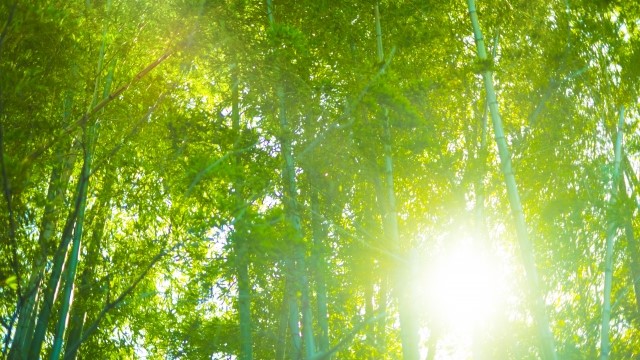
Bamboo crafts in recent years
In modern Japan, cheap plastic products such as baskets and colanders have replaced bamboo crafts. As the number of young people who enjoy the tea ceremony and flower arrangement decreases, expensive flower baskets and tea utensils cannot be sold, so the demand for bamboo crafts decreases.
On the other hand, there is a growing need for Japanese bamboo crafts overseas. It is becoming increasingly appreciated as “art” than the general image of Japanese crafts and daily tools.
As more and more collectors, especially in Europe and the United States, have substantial collections, some Japanese bamboo craft artists have found a way to make a living overseas.
We would like to consider what we can do about the future of bamboo crafts.



